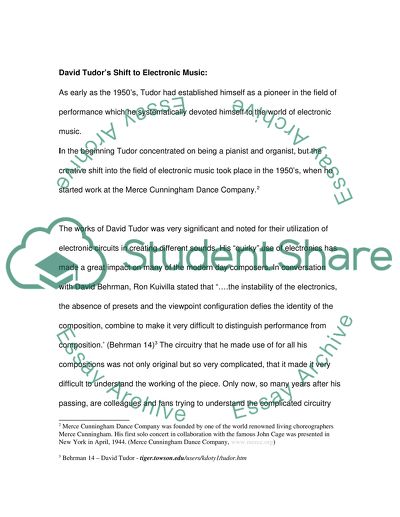Cite this document
(“David Tudor and Gordon Mumma Essay Example | Topics and Well Written Essays - 2250 words”, n.d.)
David Tudor and Gordon Mumma Essay Example | Topics and Well Written Essays - 2250 words. Retrieved from https://studentshare.org/music/1547490-david-tudor-and-gordon-mumma
David Tudor and Gordon Mumma Essay Example | Topics and Well Written Essays - 2250 words. Retrieved from https://studentshare.org/music/1547490-david-tudor-and-gordon-mumma
(David Tudor and Gordon Mumma Essay Example | Topics and Well Written Essays - 2250 Words)
David Tudor and Gordon Mumma Essay Example | Topics and Well Written Essays - 2250 Words. https://studentshare.org/music/1547490-david-tudor-and-gordon-mumma.
David Tudor and Gordon Mumma Essay Example | Topics and Well Written Essays - 2250 Words. https://studentshare.org/music/1547490-david-tudor-and-gordon-mumma.
“David Tudor and Gordon Mumma Essay Example | Topics and Well Written Essays - 2250 Words”, n.d. https://studentshare.org/music/1547490-david-tudor-and-gordon-mumma.


